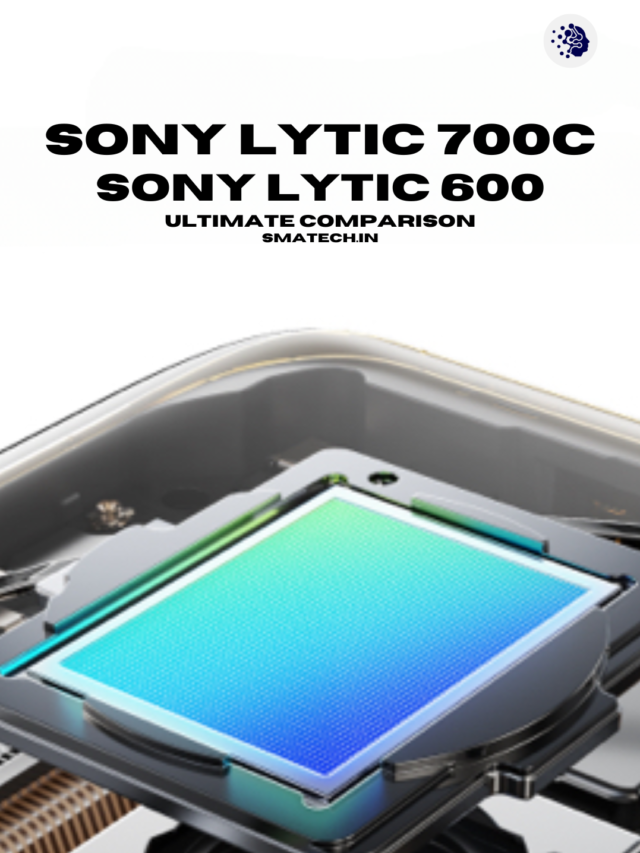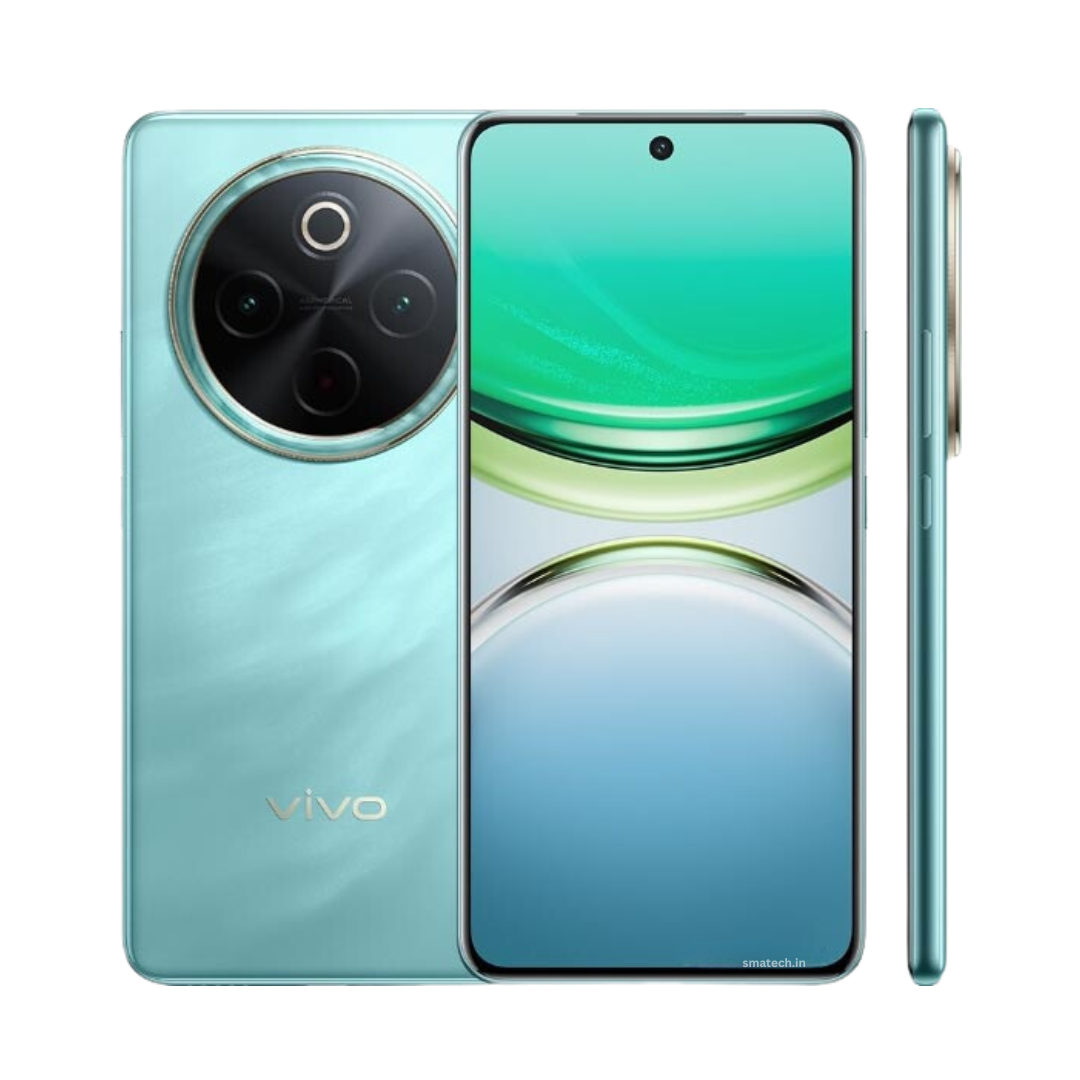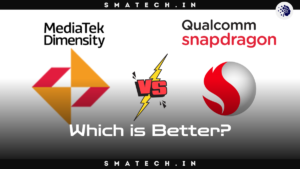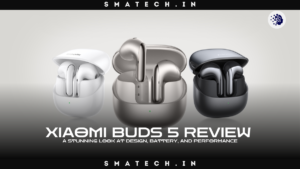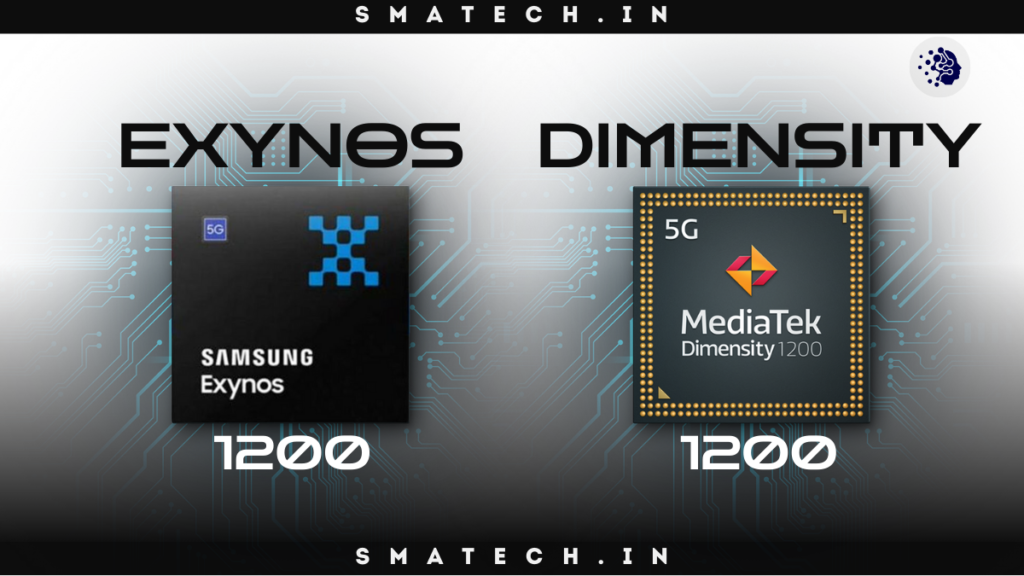Over the past few years, smartphone photography has advanced quickly, with camera sensors leading the race for the highest image quality. The GW3 Sensor and the Sony IMX586 are two such widely used sensors that have drawn notice for their effectiveness, particularly in flagship smartphones. This extensive camera sensor comparison will go into their features, low-light performance, color accuracy, and other crucial variables to deliver a definitive analysis.
Sensor Specifications: Samsung GW3 Sensor vs Sony IMX586
It is important to start with the fundamental parameters of camera sensors when making comparisons. There are differences between the Sony IMX586 and the Samsung ISOCELL GW3 Sensor.
GW3 Sensor Specifications
The GW3 sensor is a member of the ISOCELL series from Samsung, and its 64 MP resolution guarantees exceptionally detailed images. Utilising ISOCELL Plus technology, it improves colour fidelity and light sensitivity, giving it a competitive option for a range of photographic situations.
- Resolution: 64 MP
- Pixel Size: 0.7µm
- Sensor Size: 1/1.97″
- Video Capabilities: 4K at 60fps
- Key Feature: ISOCELL Plus technology, which helps to reduce colour crosstalk.
Sony IMX586 Specifications
Remaining one of the most popular smartphone sensors is the Sony IMX586. It has 48 MP resolution and Quad Bayer technology, which combines four neighbouring pixels into one big pixel to improve low-light performance.
- Resolution: 48 MP
- Pixel Size: 0.8µm
- Sensor Size: 1/2.0″
- Video Capabilities: 4K at 60fps, 960fps slow-motion in HD
- Key Feature: Quad Bayer filter that improves low-light performance and dynamic range.
Related Post
Low-Light Performance: Who Takes the Lead?
One important component of smartphone photography is low light performance. While both the GW3 sensor and the Sony IMX586 make use of cutting-edge technologies to improve their performance in low light conditions, there are some key distinctions.
GW3 Sensor Low-Light Capabilities
ISOCELL Plus technology lowers noise and boosts light sensitivity in the GW3 sensor. Its Tetracell technology increases the brightness of images captured in low light by combining four pixels into one. Furthermore, compared to bigger pixel sensors, its smaller pixel size (0.7µm) may have an impact on the amount of light captured, making it slightly less effective in extremely low light.
Sony IMX586 Low-Light Performance
Thanks to Quad Bayer technology, which combines four pixels into one to provide an effective 12 MP image with a bigger pixel size for better light capture, the Sony IMX586 performs exceptionally well in low light. In comparison to many of its rivals, the sensor is renowned for lowering noise and improving details in low-light situations, providing a cleaner, clearer image.
Color Accuracy and Dynamic Range: Which Sensor Captures True-to-Life Colors?
When examining image quality, accurate colour reproduction and dynamic range are essential components. The GW3 and IMX586 sensors use cutting-edge technologies to provide accurate and vibrant colours.
GW3 Sensor Color Accuracy
With Smart ISO technology, the GW3 sensor can change the ISO setting according to the lighting. Better colour fidelity and more balanced exposure result from this in a variety of settings. The GW3 sensor works incredibly well in bright outdoor environments, capturing true colours with little overexposure.
Sony IMX586 Color Reproduction
The wide dynamic range and natural colour reproduction of the Sony IMX586 sensor have received high appreciation, especially in bright lighting. Its Quad Bayer filter enhances the details in highlights and shadows while lowering noise, improving colour accuracy. However, in comparison to the vivid tones acquired by the GW3, the colours may appear rather muted in artificial lighting.
Practical Photography Tests: Real-World Performance in Action
Specifications are vital, but real-world photography tests provide a better idea of how something will perform in practice. We assess the performance of these sensors in daily usage by examining user experience, image samples, and the lighting conditions that each sensor operates in.
Daylight Performance
Both sensors have very good daytime performance. The GW3 sensor has a greater resolution (64 MP vs. 48 MP), which results in photographs that are sharper and more detailed. On the other hand, the Sony IMX586 produces a generally better balanced image with a smoother transition between highlights and shadows. When it comes to landscapes or scenes with bright lighting, the Sony IMX586 performs exceptionally well in settings with a high dynamic range.
Night Photography
The Sony IMX586 performs better in low light because of its Quad Bayer technology, which reduces noise and enhances detail. While the GW3 sensor likewise performs well in low light, its lower pixel size could cause problems in very dark settings.
Portrait and Close-Up Shots
Both sensors are quite good at bokeh effects and depth sensing when it comes to portraiture, but the GW3 sensor is superior because of its higher resolution, which makes it possible to capture small details. Excellent performance is also shown by the Sony IMX586, which has more seamless subject-to-background transitions.
Unique Features of the GW3 Sensor
The Samsung GW3 sensor is different from the Sony IMX586 in a number of ways. ISOCELL Plus technology is one of the unique features that reduces colour distortion and improves light absorption. Because of this, it’s a great option for people whose images emphasise colour accuracy. Furthermore, by combining four pixels into one, its Tetracell technology promises improved performance in low light.
Sensor Technology Advancements and the Future of Smartphone Cameras
Considerable progress has been made in sensor technology with these two sensors. With a pixel size of 0.7μm, the GW3 sensor pushes the boundaries of resolution to the maximum extent possible. It successfully creates 16 MP images in low light while retaining high-resolution capabilities in well-lit settings because to Samsung’s Tetracell technology, which combines four pixels into one. Smart-ISO technology, which dynamically modifies the ISO to optimise exposure based on lighting conditions, is also incorporated into the GW3. This is a crucial component for preserving excellent photos even under challenging lighting conditions.
The Super PD Phase Detection Autofocus of the GW3 sensor is another exceptional feature that improves focus speed and accuracy, especially when photographing fast-moving subjects or in low light. Moreover, it can record Full HD video at 480 frames per second, which makes it perfect for slow-motion photography.
Sony IMX586 Specifications
The Sony IMX586 is widely recognized for its performance in 4K video recording at 60fps, offering a high dynamic range and superior video quality. Its Phase Detection Autofocus (PDAF) is renowned for its precision, even in complex lighting environments. Samsung GW3 Sensor vs Sony IMX586.
Low-Light Performance: Which Sensor Shines in the Dark?
The Quad Bayer filter array of the Sony IMX586 sensor makes it stand out even if it has somewhat fewer megapixels (48 MP). This allows the sensor to effectively 12 MP output, combining data from four neighbouring pixels in a Tetracell-like manner to produce crisper photos in low light. The sensor’s 0.8μm individual pixel size is made up for by Sony’s HDR (High Dynamic Range) capabilities, which improve overall image balance and guarantee better details in the highlights and shadows. Samsung GW3 Sensor vs Sony IMX586.
Although they take distinct approaches to the task, the GW3 and IMX586 both have advantages when it comes to low-light performance.
GW3 Low-Light Capabilities
The GW3 sensor makes use of Tetracell technology to collect more light by merging four pixels into a single, huge 1.4μm pixel. Because of this, the GW3 performs brilliantly in low light conditions, generating crisp, noise-free photos. Smart-ISO feature automatically modifies ISO settings to guarantee brightness in dim conditions and avoid overexposure in well-lit situations. Because of these qualities, the GW3 is exceptionally good at taking pictures at night, especially of cityscapes and interior scenes with intricate lighting. Samsung GW3 Sensor vs Sony IMX586.
Sony IMX586 Low-Light Capabilities
Moreover, the Sony IMX586 guarantees outstanding low-light performance with its Quad Bayer filter and HDR. More light can reach the sensor because of the sensor’s capacity to combine pixels, which results in a bigger effective pixel size of 1.6μm. Even though it has fewer megapixels than the GW3, in extremely low light conditions, this can occasionally lead to less noise and better detail retention. Photography enthusiasts who value realism in low-light photographs will also find the IMX586 optimised to produce natural colours and balanced contrast even in low illumination. Samsung GW3 Sensor vs Sony IMX586.
Color Accuracy and Image Quality
Another important consideration when deciding between the GW3 sensor and the Sony IMX586 is colour accuracy.
GW3 Color Accuracy
Samsung’s ISOCELL technology is renowned for producing visually appealing colours that are rich and vivid. The GW3 sensor demonstrates this quality by consistently producing bright, sharp images. When shooting in scenes with vibrant, varied colour palettes, like those found in nature or urban photography, this sensor really pops. It may, however, somewhat oversaturate colours for certain people, however this may just be a matter of taste. Samsung GW3 Sensor vs Sony IMX586.
Sony IMX586 Color Accuracy
Conversely, the Sony IMX586 tends to generate more realistic, neutral colour tones. It is particularly good at balancing colours in high-contrast situations, including backlit sceneries or sunset photos, because of its Quad Bayer HDR technology. Some photographers may prefer the more natural appearance that the IMX586 frequently produces, particularly when photographing landscapes or portraits where realism is important. Samsung GW3 Sensor vs Sony IMX586.
Performance in Different Lighting Conditions
awareness these sensors’ practical uses requires an awareness of how well they perform in different illumination scenarios.
GW3 Sensor Lighting Performance
The GW3‘s high-resolution 64 MP capability makes it stand out in well-lit areas. The sensor is ideal for landscape and architectural photography because it can capture amazing detail and texture when there is sufficient light. Its Super PD Autofocus guarantees that it captures lag-free, sharp, focused shots even while handling moving subjects in studio or daylight conditions. Samsung GW3 Sensor vs Sony IMX586.
The Tetracell technology of the GW3 enhances light absorption and decreases image noise in low light. But some users could find it problematic because of its propensity to oversaturate colours, especially in situations where colour accuracy is crucial. Samsung GW3 Sensor vs Sony IMX586.
Sony IMX586 Lighting Performance
The Sony IMX586 performs well in all lighting circumstances. Quad Bayer HDR mode guarantees that the sensor records a greater variety of colours and tones in difficult lighting conditions, including at dawn or dusk. The sensor does a good job of handling high contrast surroundings by maintaining details in both bright and dark areas. Its larger effective pixel size allows it to capture more light in low-light conditions, resulting in photos that are crisper, sharper, and significantly noise-free. Samsung GW3 Sensor vs Sony IMX586.
Unique Features and Innovations
Both the GW3 sensor and Sony IMX586 come with unique features that set them apart from traditional sensors.
Unique Features of GW3 Sensor
- Tetracell technology for better low-light performance.
- Super PD Phase Detection Autofocus for enhanced speed and accuracy.
- Smart-ISO technology for dynamic exposure adjustment.
- 480fps Full HD slow-motion recording, ideal for action shots.
Unique Features of Sony IMX586
- Quad Bayer filter for superior HDR and low-light performance.
- 4K video recording at 60fps, offering excellent detail and smoothness.
- Sony’s advanced PDAF system, known for accuracy in challenging environments.
- Superior color accuracy with a more natural tone palette.
Practical Photography Tests and User Experience
Real-world tests of these sensors show how they fare in practical photography scenarios. Users report that the GW3 sensor tends to perform better in well-lit conditions, delivering more detail due to its higher megapixel count. However, the Sony IMX586 wins in terms of color accuracy, dynamic range, and its consistent performance in varying lighting conditions. Samsung GW3 Sensor vs Sony IMX586.
For mobile photography enthusiasts, choosing between these sensors depends on personal preferences. If you value vivid colors and high-resolution images, the GW3 is an excellent choice. On the other hand, if color accuracy, low-light performance, and video recording are more important, the Sony IMX586 might be the better option. Samsung GW3 Sensor vs Sony IMX586.
Conclusion: Which Sensor Is Best for Smartphone Photography?
Ultimately, the choice between the GW3 Sensor and the Sony IMX586 comes down to what you prioritize in your photography. The GW3 sensor excels in high-resolution imaging, with vibrant colors and good low-light performance, making it a solid option for users who prioritize pixel count and daylight shooting. Meanwhile, the Sony IMX586 offers a more balanced approach, providing superior low-light performance, realistic color reproduction, and advanced video capabilities. Samsung GW3 Sensor vs Sony IMX586.
Both sensors are excellent in their own right, but your decision should be based on your specific photography needs, whether it’s dynamic range, video performance, or overall image quality. Samsung GW3 Sensor vs Sony IMX586.
FAQs
1. What is the main difference between the GW3 sensor and the Sony IMX586?
The primary difference lies in their resolution and color processing. The GW3 sensor offers 64 MP resolution with Tetracell technology for improved low-light performance, while the Sony IMX586 has a lower resolution of 48 MP but features a Quad Bayer filter for enhanced HDR and better color accuracy.
2. Which sensor is better for low-light photography?
Both sensors perform well in low-light conditions, but the Sony IMX586 tends to have an edge due to its larger effective pixel size of 1.6μm and superior HDR capabilities. The GW3 sensor, with Tetracell technology, also performs well in low-light but may produce more saturated images.
3. Can the GW3 sensor capture higher-quality videos than the Sony IMX586?
While the GW3 sensor supports Full HD video at 480fps for slow-motion recording, the Sony IMX586 excels in video quality by offering 4K video recording at 60fps, making it the better choice for high-definition video enthusiasts.
4. How does colour accuracy compare between the two sensors?
The Sony IMX586 is known for producing more natural and true-to-life colours, thanks to its Quad Bayer HDR technology. In contrast, the GW3 sensor tends to produce more vibrant, saturated colours, which might be preferred by users who like brighter, punchier images.
5. Which sensor is better for smartphone photography enthusiasts?
The choice depends on the user’s preferences. The GW3 sensor is ideal for those who prioritize higher resolution and vivid colors in well-lit conditions. The Sony IMX586, however, offers better low-light performance, color accuracy, and video capabilities, making it a more balanced option for versatile photography needs.







